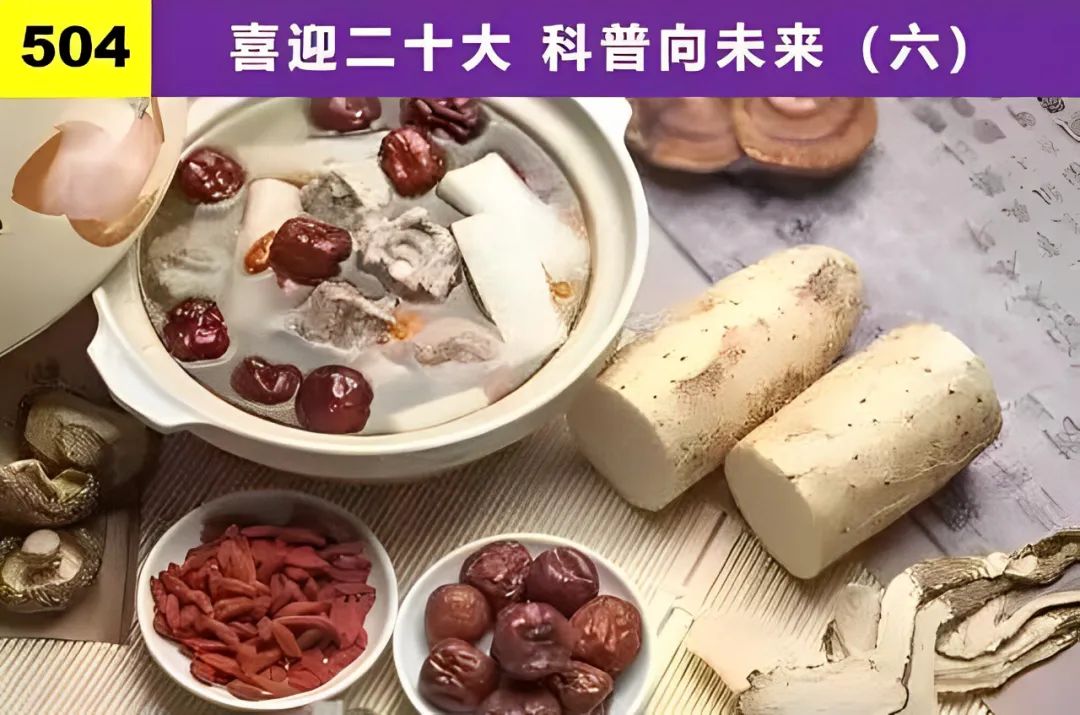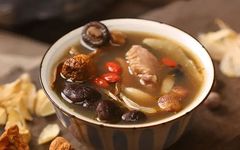Click the blue text to follow us
As the ancients said, “All meals are medicine, integrating medicine into food.” The Chinese have always emphasized the concept of “food and medicine sharing the same source,” believing that many foods also serve as medicines that can prevent diseases. Medicinal cuisine has evolved from this idea.
01
What is Medicinal Cuisine?
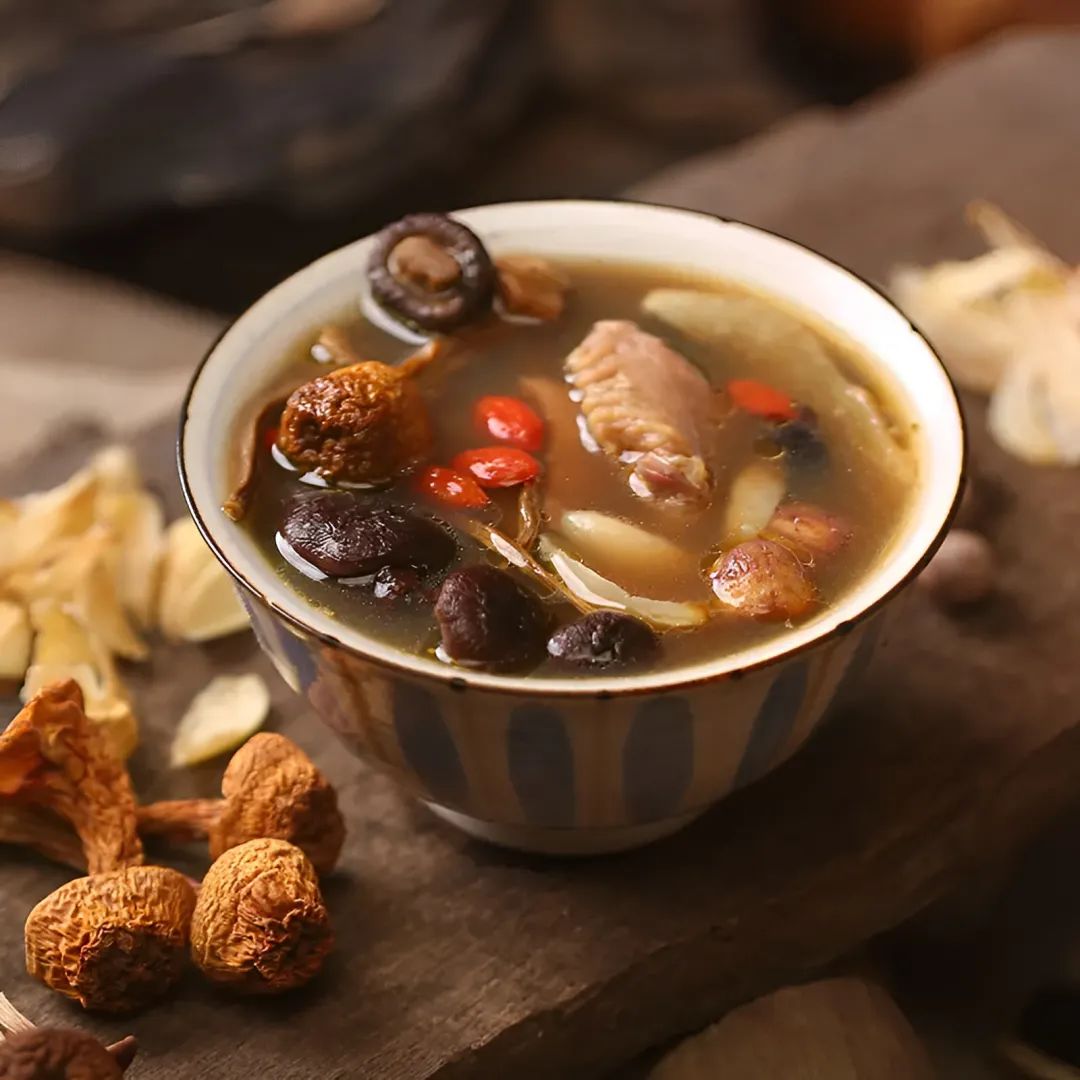
The term “medicinal cuisine” (yao shan) combines the characters for “medicine” and “cuisine,” first appearing in the “Book of the Later Han: Biographies of Women,” which includes the phrase “the mother prepared medicinal cuisine with deep affection.” The “History of Song: Biography of Zhang Guan” also records “rising early to serve medicinal cuisine.” These records prove that the term “medicinal cuisine” has existed in China for over a thousand years. Prior to the emergence of this term, ancient texts in China already contained references to the preparation and application of medicinal cuisine.
Medicinal cuisine is a dietary preparation made from medicinal herbs and food, cooked to have therapeutic effects. It is a product of the integration of traditional Chinese medical knowledge and culinary experience. It “integrates medicine into food,” using medicines as food and endowing food with medicinal properties, where medicine enhances the power of food, and food assists the efficacy of medicine; it possesses nutritional value and can prevent and treat diseases, promote health, and prolong life.
02
Classification of Medicinal Cuisine Effects
There are various classifications of medicinal cuisine, but here we will briefly introduce its classification based on effects.
●Health-Promoting Medicinal Cuisine: Includes weight-loss medicinal cuisine, beauty medicinal cuisine, intelligence-enhancing medicinal cuisine, strength-enhancing medicinal cuisine, vision-improving medicinal cuisine, hearing-enhancing medicinal cuisine, longevity-promoting medicinal cuisine, and disease prevention and anti-aging medicinal cuisine.
●Medicinal Cuisine for Treating or Assisting Treatment: This type of medicinal cuisine is prepared under the guidance of professional medicinal cuisine chefs or clinical physicians, following the principle of syndrome differentiation. Examples include exterior-releasing medicinal cuisine, phlegm-dispelling and cough-relieving medicinal cuisine, spleen-strengthening and digestive-aiding medicinal cuisine, heat-clearing and fluid-generating medicinal cuisine, yang-tonifying and cold-dispelling medicinal cuisine, purgative and bowel-moving medicinal cuisine, qi-regulating and pain-relieving medicinal cuisine, and calming and sleep-aiding medicinal cuisine.
03
Treatment Methods of Medicinal Cuisine
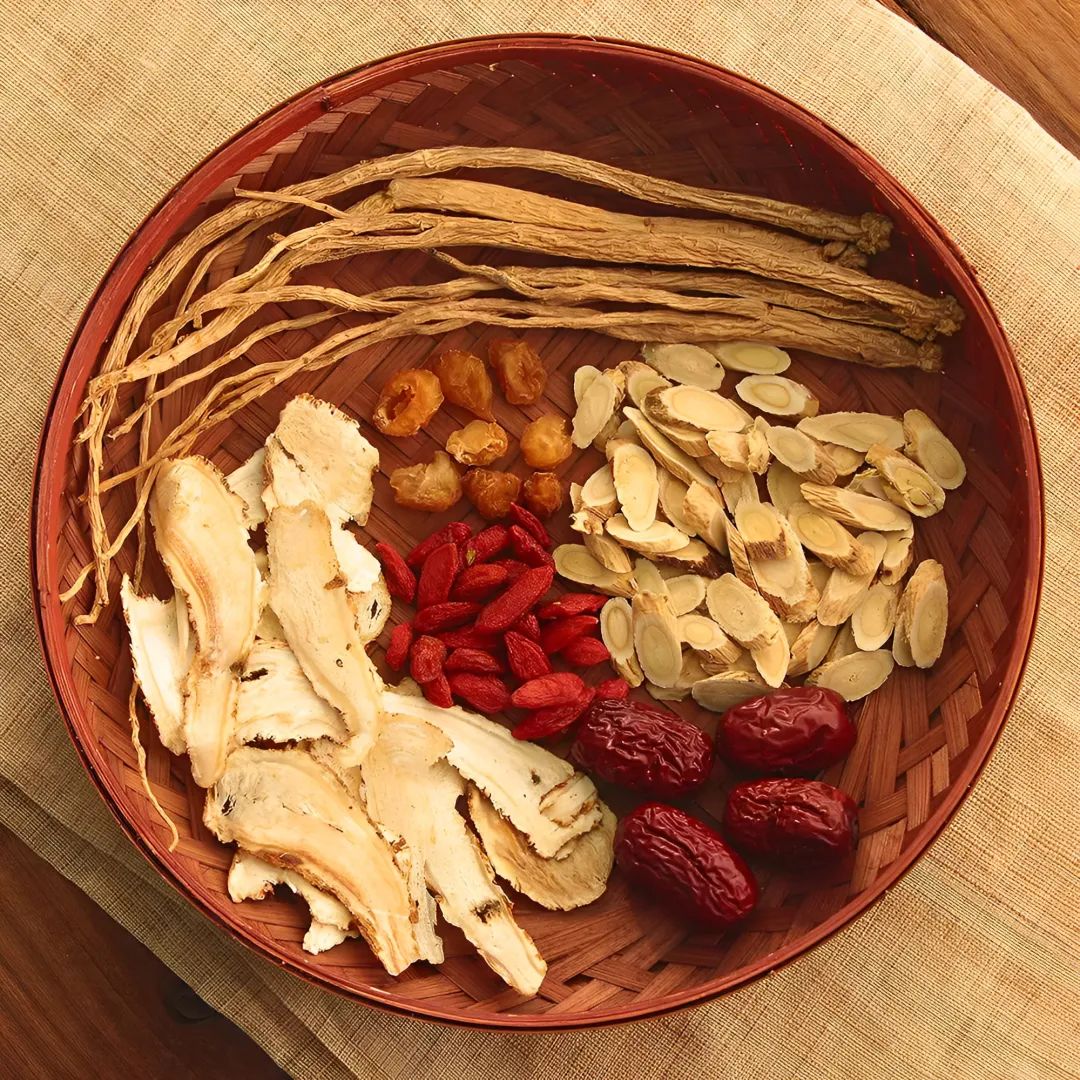
Replenishing Method
To replenish what is deficient, this method addresses symptoms arising from insufficient vital energy in the body. For example, chicken soup replenishes deficiency; Angelica (Dang Gui) and lamb replenish postpartum blood deficiency.
Purgative Method
To purge what is excessive, this method addresses symptoms arising from excessive pathogenic factors. For example, hawthorn (Shan Zha) aids digestion, coix (Yi Yi Ren) dispels dampness, and garlic (Da Suan) treats dysentery.
Regulating Method
This method is used to adjust the balance of yin and yang after an imbalance occurs in the body. For example, for yang deficiency, beef and lamb are used to assist yang; for yin deficiency, lily (Bai He) and tremella (Yin Er) nourish yin.
04
Seasonal Medicinal Cuisine
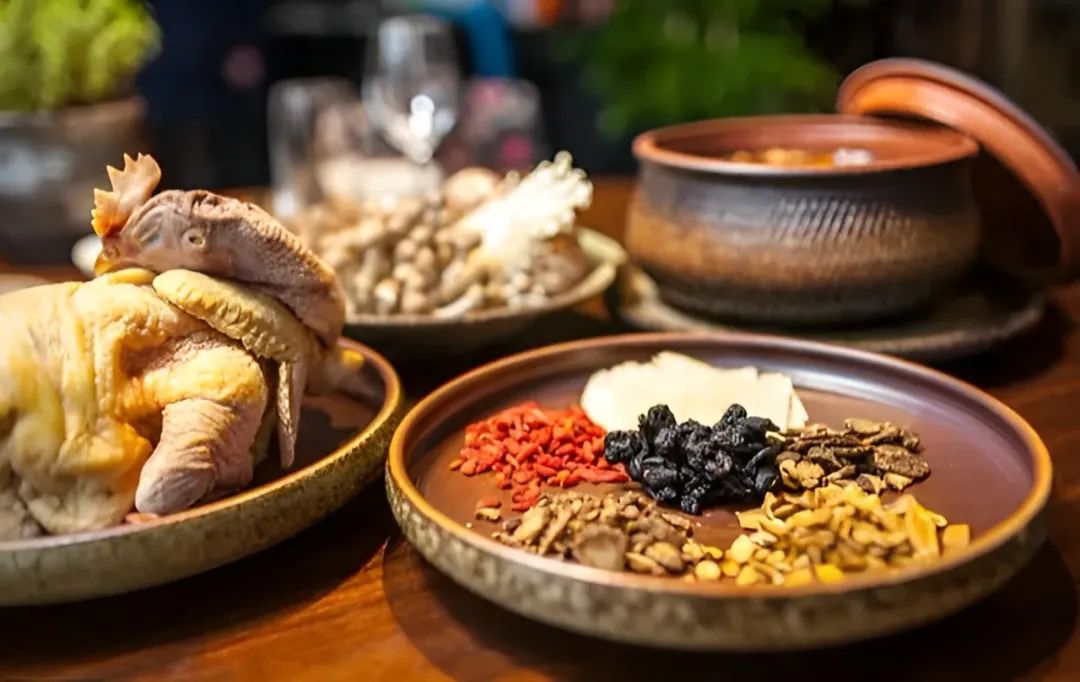
four
seasons
Spring
/ SPRING
At the beginning of all things, it is advisable to protect the body’s yang energy, focusing on nourishing and protecting the liver. One should consume more light vegetables and legumes, such as carrots, cucumbers, and bean sprouts.
Summer
/ SUMMER
In hot and humid weather, the focus should be on relieving heat, dispelling dampness, and nourishing yin and qi. The diet should be sweet, cold, and light, such as mung beans, bitter melon, and tomatoes.
Autumn
/ AUTUMN
As the cool winds begin, dryness can affect people, so the focus should be on nourishing yin, moistening dryness, and tonifying the lungs. One should eat more tremella, radishes, and almonds to clear the lungs and reduce phlegm.
Winter
/ WINTER
In cold weather, the focus should be on warming and tonifying yang, and tonifying the lungs and kidneys. One should consume more beef, lamb, shrimp, and dates, which are warming and nourishing foods.
Medicinal cuisine has various functions, including health maintenance and disease treatment, but it cannot replace medicinal therapies. Additionally, the effects of medicinal cuisine vary with time, individuals, and locations, and should be selected based on specific individuals and conditions, with attention to reasonable combinations and avoiding misuse.
(Quietly sharing a simple chrysanthemum and goji berry tea)
Click below to view

Chrysanthemum and Goji Berry Tea
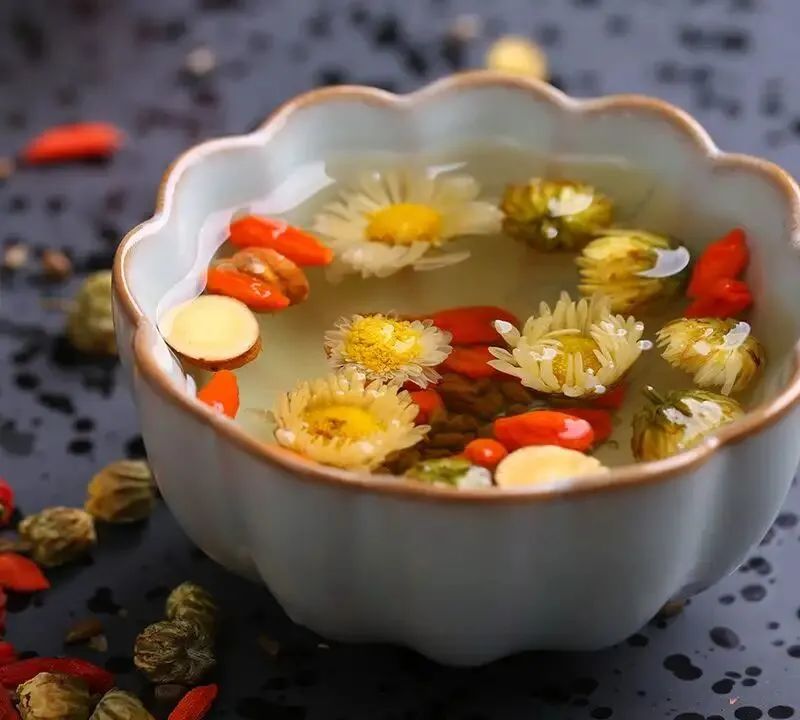
Ingredients and Preparation: Take 6 grams of white chrysanthemum (Bai Ju Hua), 6 grams of goji berries (Gou Qi Zi), 3 grams of hawthorn (Shan Zha), and 3 grams of green tea leaves (Lu Cha), and brew with boiling water as a tea substitute.
Effects: This tea has the effects of preventing heat, clearing heat, nourishing the liver, improving vision, aiding digestion, and lowering fat and blood pressure. It can be used for heat injury from summer heat and food stagnation.

The above images are sourced from the internet.
Reference: “Chinese Medicinal Cuisine Therapy”
Editor: Zhang Shiqi
Reviewer: Wu Wei
